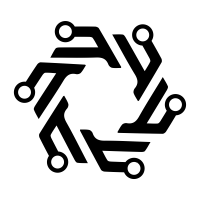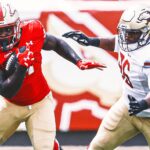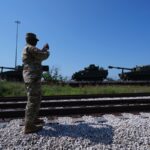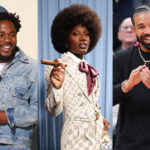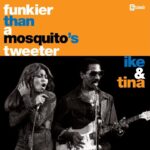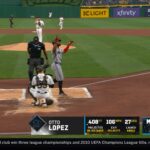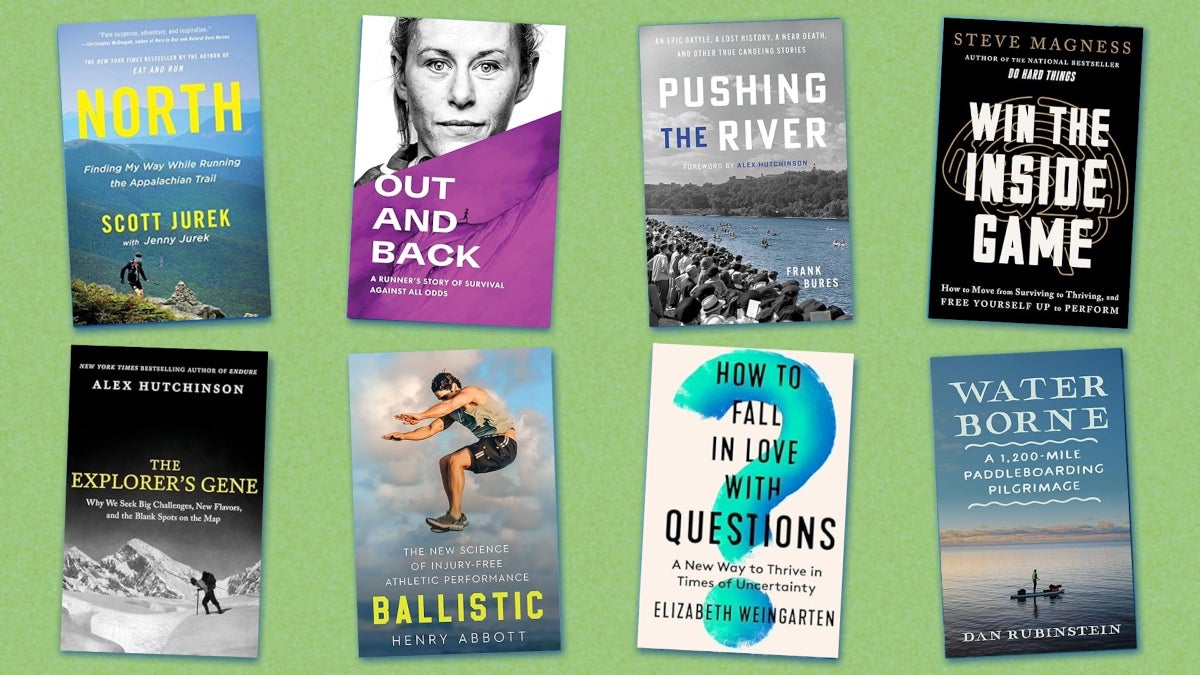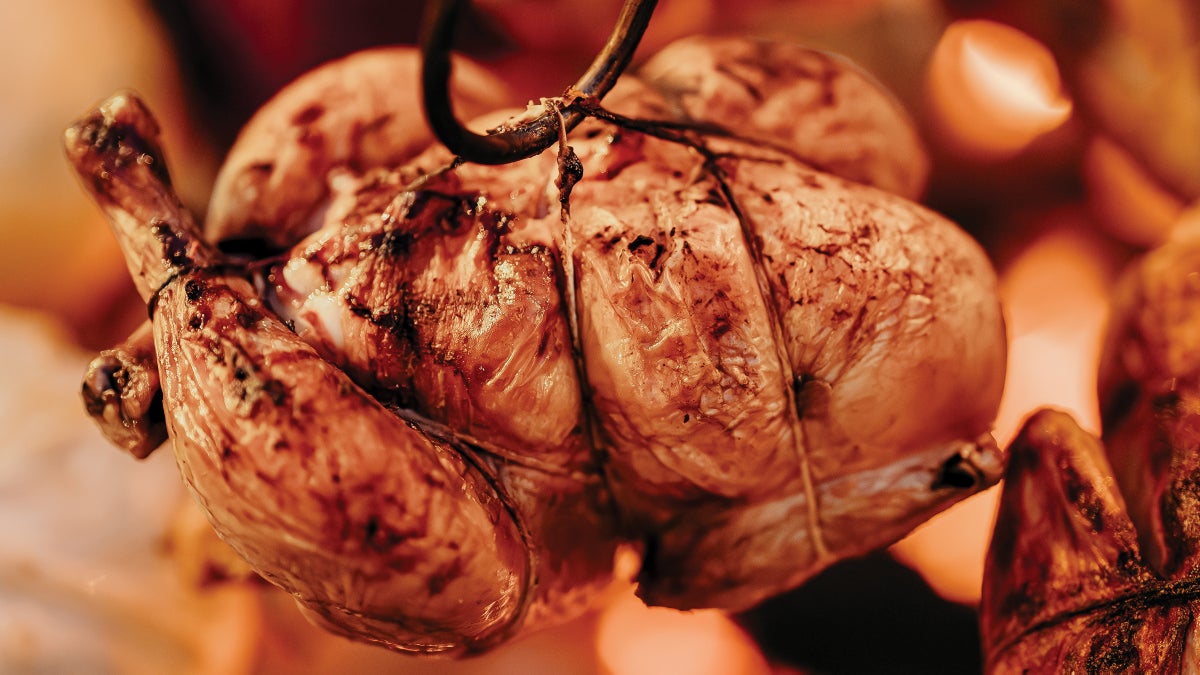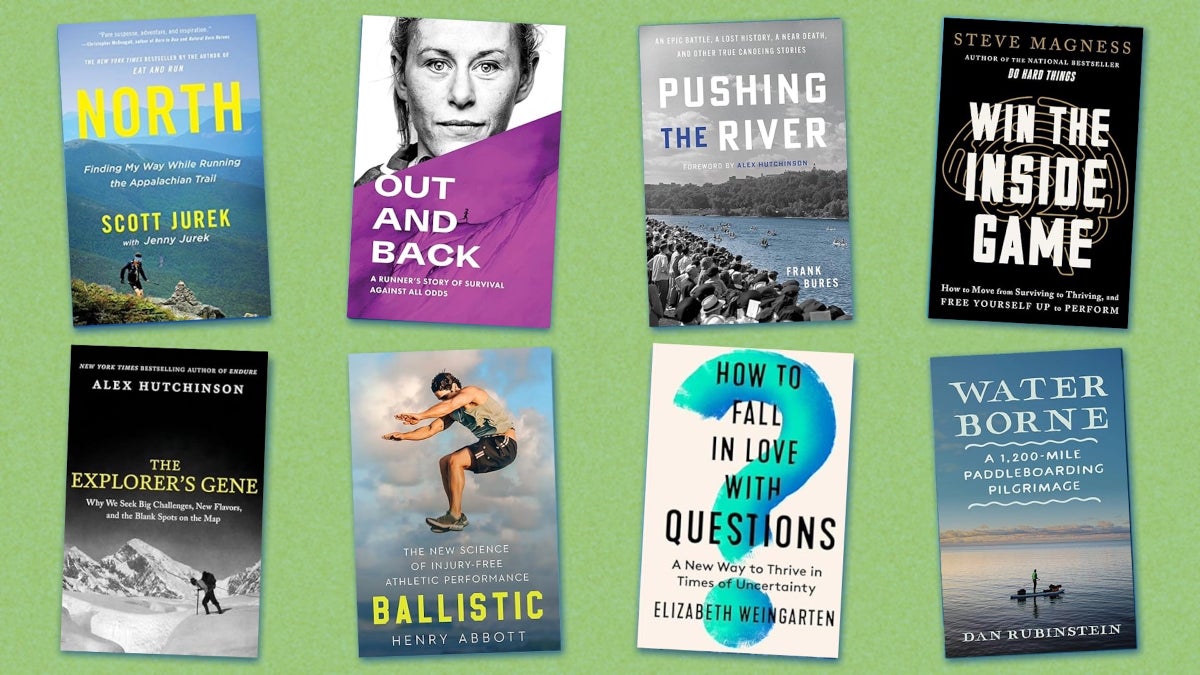
According to Shakespeare, there are lessons and stories everywhere in nature—or, as he puts it, books in the running brooks, tongues in trees, and sermons in stones. I’m down with that idea. But in case the running brooks aren’t meeting your educational needs this summer, here are some suggestions for actual books to tuck into your backpack. (You can also look for more top picks on my holiday book list and last summer’s book list.)
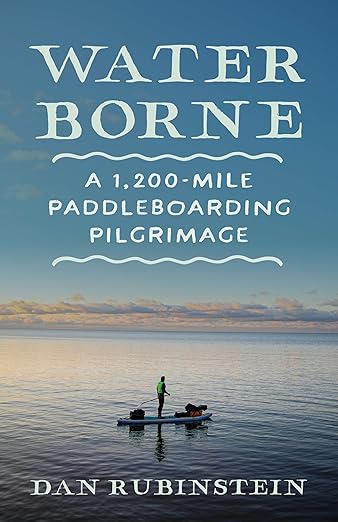
Water Borne, by Dan Rubinstein
The tale of an epic wilderness voyage to… New York City?! Rubinstein is a longtime outdoors journalist and avid stand-up paddleboarder, and in 2023 he set out to paddleboard from his home in Ottawa on a 1,200-mile loop via Montreal, New York City, and Toronto. His trip ends up being a fascinating tour through the varied waterways and communities of the Great Lakes region, a deep dive (sorry) into the health-promoting powers of being in and around water—and also just an enjoyable and often funny read about a quirky and impressive trip.
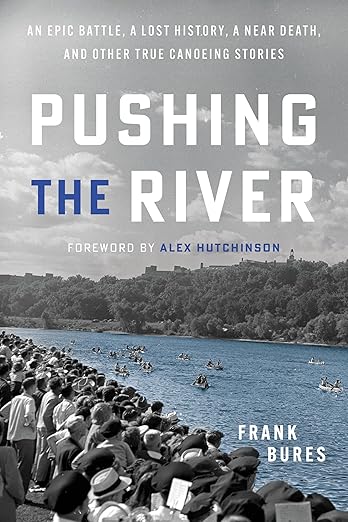
Pushing the River, by Frank Bures
My own preferred mode of paddling is in a canoe, and Bures’s book adds to the surprisingly sparse ranks of canoeing literature. (Don’t @ me, I know there are some great canoeing books out there—from Thoreau to Roy MacGregor to Adam Shoalts—but not as many as the world deserves.) The central part of this story collection is a historical account of the 450-mile Paul Bunyan Canoe Derby, but for me the most engaging stories are Bures’s own adventures and the reflections they inspire: a voyage down the Mississippi from Minneapolis to his hometown, Winona; an unexpected dunk in hypothermic waters. Disclosure: I wrote the intro to this one.
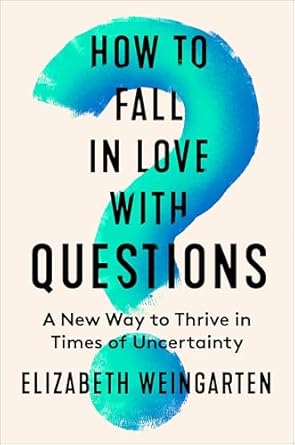
How to Fall in Love with Questions, by Elizabeth Weingarten
In times of upheaval, we get a lot of books about how to handle uncertainty—and, in many cases, how to embrace uncertainty. Weingarten, a journalist and behavioral scientist, thinks this advice is too pat. After all, being mired in uncertainty about important questions can be miserable. More worryingly, being too eager to resolve uncertainty—with instant answers from AI or overly confident advice from wellness gurus, say—can lead us astray. This is a nuanced look at a complex topic.
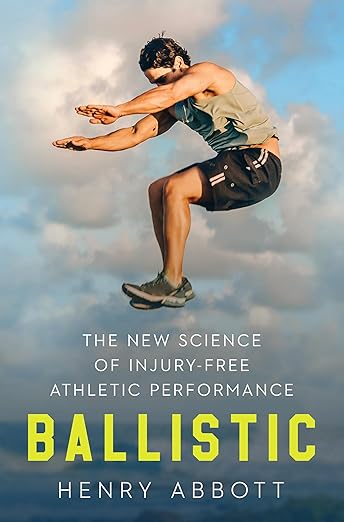
Ballistic, by Henry Abbott
I first encountered Marcus Elliott in Charles Bethea’s epic Outside story about “misogis” back in 2014. He sounded like an interesting dude, but I didn’t realize at the time what a major figure Elliott is in the world of injury prevention for pro athletes. That’s the topic of Abbott’s new book, which is part biography and part injury prevention manifesto. Elliott is a big believer in the importance of ballistic movements like jumping and landing, and also in the power of 3D motion analysis to pick up subtle signs of impending injury. My general take is that injury prediction is somewhere between really hard and impossible, but by the end of the book, I couldn’t help thinking, “Man, I’d like this guy to take a look at my running stride.”

Adaptable, by Herman Pontzer
Pontzer is an evolutionary anthropologist at Duke University, and his new book is basically an account of how our bodies work as viewed through the lens of evolution. You might be familiar with his previous book, Burn, which covered the modern science of metabolism and calorie-burning. What makes both books worth reading is that Pontzer is exceptionally good at explaining science in a clear, rigorous, and entertaining way.
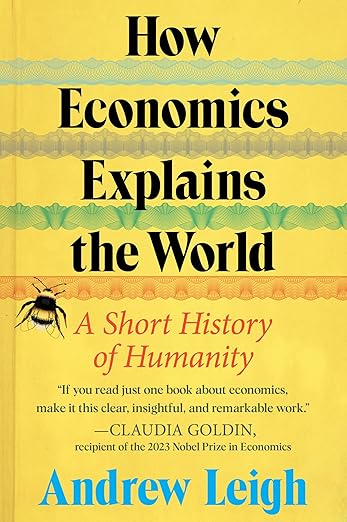
How Economics Explains the World, by Andrew Leigh
If Pontzer’s credo in Adaptable is “everything makes sense when viewed through the lens of evolution,” Leigh’s is “everything makes sense when viewed through the lens of economics.” Leigh is an Australian politician and government minister, as well as an accomplished ultrarunner and former economics professor. The subtitle of his new book is “A Short History of Humanity,” which captures its spirit nicely: it’s basically a fun and fast-paced history of civilization as seen from the perspective of economists.
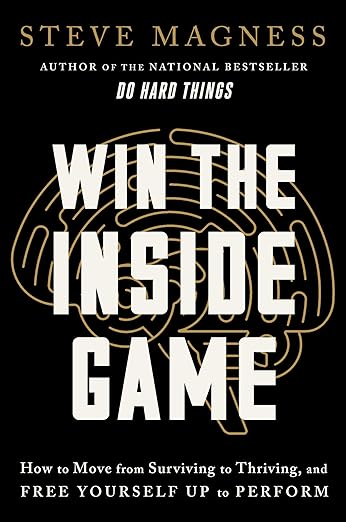
Win the Inside Game, by Steve Magness
Longtime science-of-running fans will remember Magness as the author of the encyclopedic tome The Science of Running a decade ago. Before that, he’d been a 4:01 high-school miler and later a coach of college and professional runners. In recent years, though, Magness’s focus has broadened to performance in its broadest sense. He wrote a couple of performance-focused books with former Outside columnist Brad Stulberg, and then the 2022 bestseller Do Hard Things. Magness has always been an exceptional synthesizer, drawing connections across an impressively wide range of domains. His new book is more personal than his previous ones, drawing on his experiences as a whistleblower at the Nike Oregon Project, and seeks to guide the reader not just to performance but to fulfillment.

Out and Back, by Hillary Allen
In 2017, Allen fell 150 feet off a ridge during a mountain race in Norway. Her injuries were horrific. This book is her account of what happened after the accident. Spoiler: contrary to all predictions, she managed to return to the top levels of elite ultrarunning, and in fact her career continues to this day. The story itself, as a straightforward narrative, is fascinating. But what takes it up a notch is her attempts to understand what being an endurance athlete means to her—because you don’t fight back from an accident like that without a clear understanding of your whys.
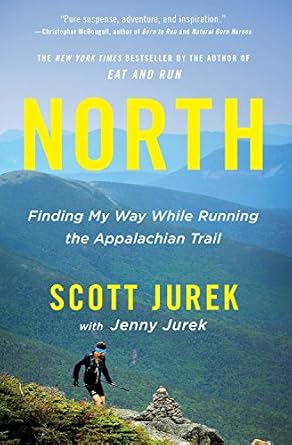
North, by Scott Jurek
Jurek’s second book, after his 2012 bestseller Eat and Run, grapples with some of the same questions Hillary Allen’s book does. But instead of a mountain accident, he’s facing a more inexorable foe: aging. He was 41 when he set out to attempt to break the Appalachian Trail record, his career as a legendary ultramarathon champ fading out. Like Allen’s book, Jurek’s top-level narrative—in this case, the record attempt—is a great story on its own, full of improbable twists and impressive feats. But it’s the existential angst that kept me turning the pages.
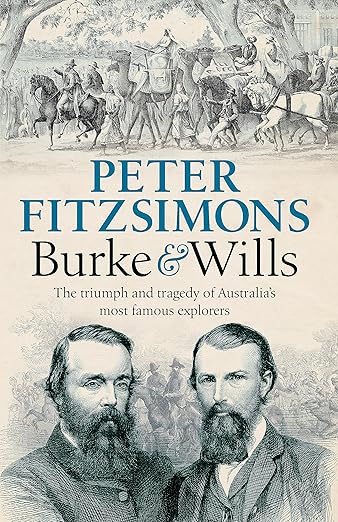
Burke & Wills, by Peter FitzSimons
I spent the last five years writing a book about the science of exploring, which meant I read a lot of exploring stories. Among the most epic was the tale of the Burke and Wills expedition, the first to cross the interior of Australia. It’s by far the most famous Australian exploration tale, but relatively unknown outside the country. That should change: it’s a wild saga, a mix of adventure, fortitude, comedy (the first time I heard about the expedition was in a Bill Bryson book), and tragedy. For a long time the definitive account was Sarah Murgatroyd’s 2002 book The Dig Tree, but FitzSimons’ 2018 book now holds that mantle.
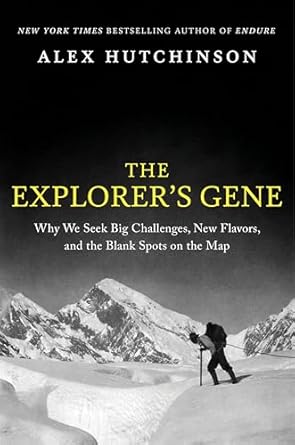
The Explorer’s Gene, by Alex Hutchinson
You can also find out about Burke and Wills by reading… my new book! They feature in a chapter that compares the exploration of Australia to the strategies mice use to explore water mazes: thigmotaxis, scanning, incursions, and so on. Burke and Wills used a strategy that’s very effective for crossing large expanses of unknown territory, but not so good for getting back home again. More generally, the book is about why we’re drawn to explore, how we do it, and what we get out of it—the perfect accompaniment for whatever adventures you have planned for the summer. Happy reading!
For more Sweat Science, join me on Threads and Facebook, sign up for the email newsletter, and check out my new book The Explorer’s Gene: Why We Seek Big Challenges, New Flavors, and the Blank Spots on the Map.
The post The 2025 Sweat Science Summer Book List appeared first on Outside Online.
